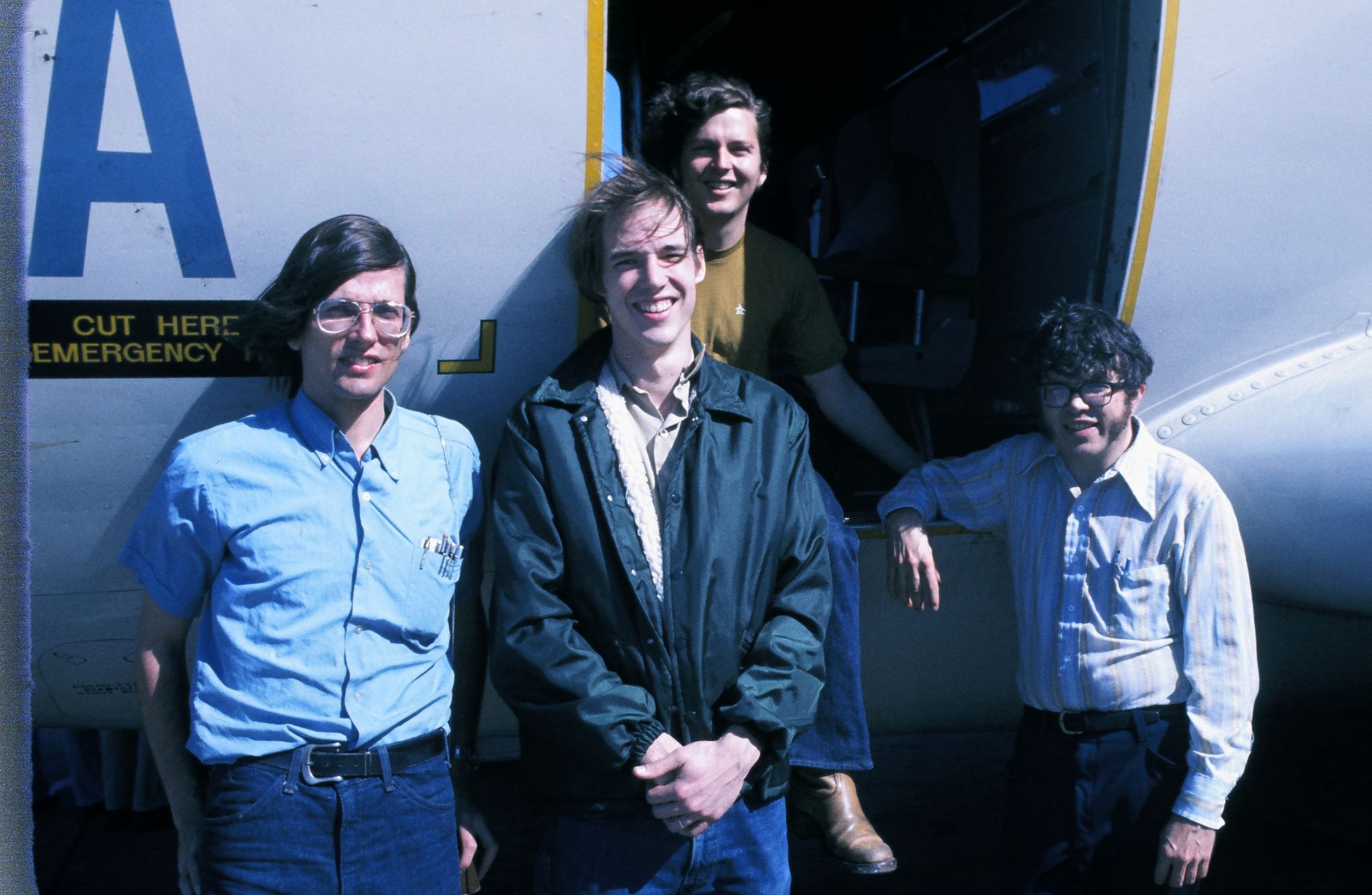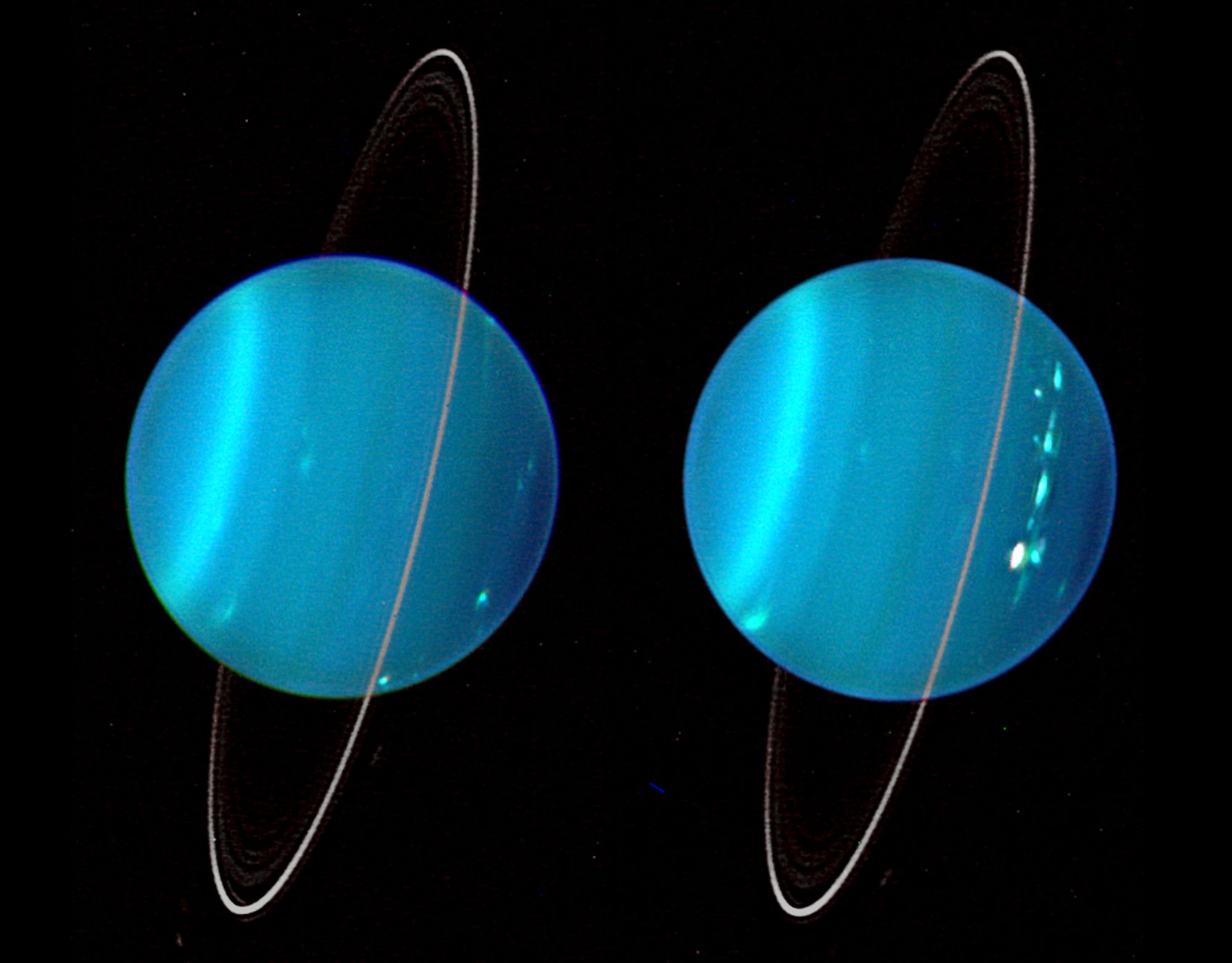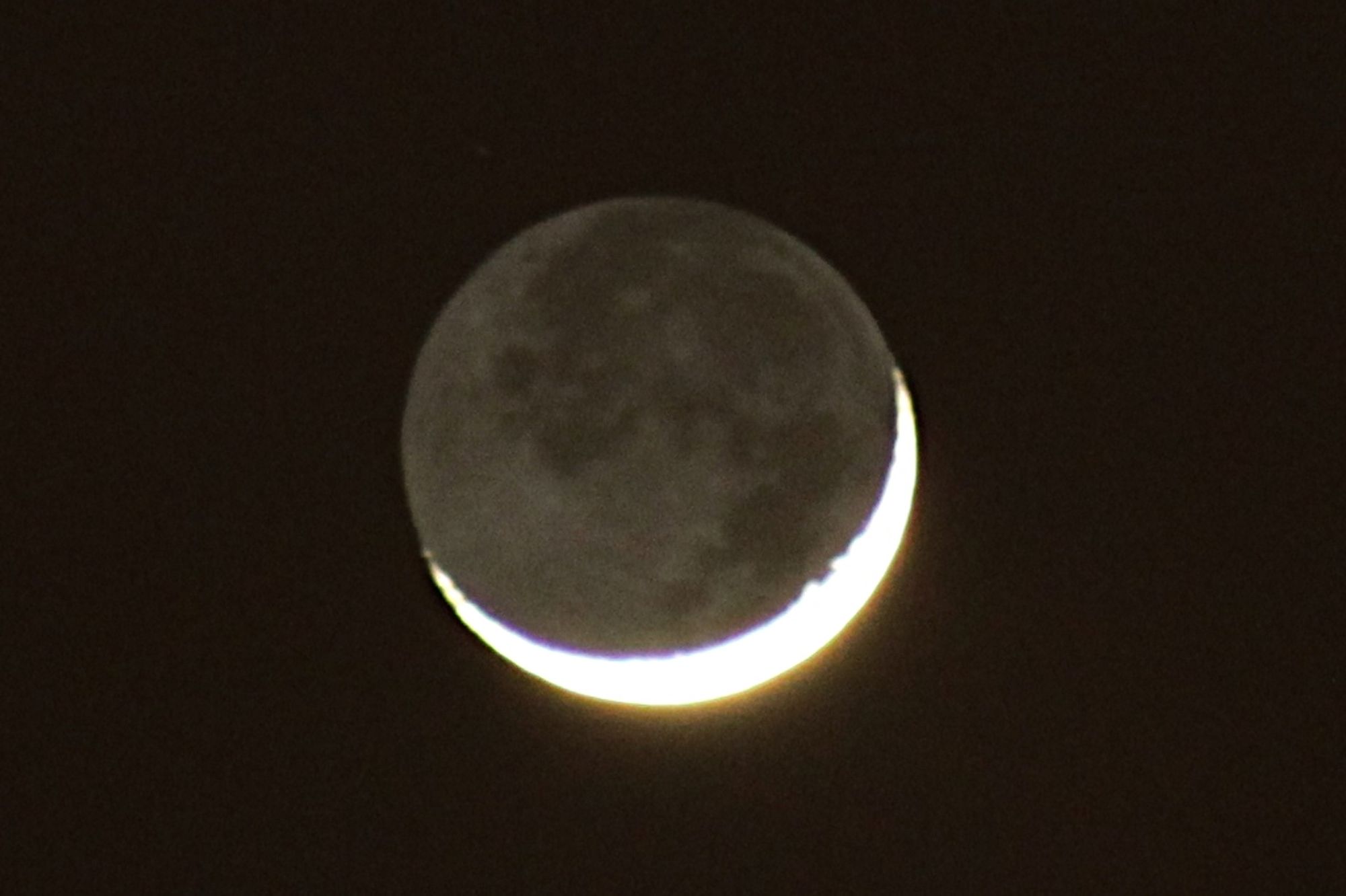Big Apple Sky Calendar: March 2023
In the 1990s, astronomy professor Joe Patterson wrote and illustrated a seasonal newsletter, in the style of an old-fashioned paper zine, of astronomical highlights visible from New York City. His affable style mixed wit and history with astronomy for a completely charming, largely undiscovered cult classic: Big Apple Astronomy. For Broadcast, Joe shares current monthly issues of Big Apple Sky Calendar, the guide to sky viewing that used to conclude the seasonal newsletter. Steal a few moments of reprieve from the city’s mayhem to take in these sights. As Oscar Wilde said, “we are all in the gutter, but some of us are looking at the stars.”
—Janna Levin, editor-in-chief
March 1
Sunrise 6:30 am EST
Sunset 5:47 pm EST
Throughout February, the brilliant Venus—shining low in the SW sky—has been slowly moving up in the evening twilight as it approaches Jupiter from the west. Tonight, it finally catches up, passing less than a degree to the southwest of mighty Jupiter. What a sight—the two most brilliant starlike objects, practically on top of each other. Actually, they're both moving eastward among the stars; but Venus is moving much faster, so you'll easily notice the difference in appearance among the dates February 27-March 3. Best planetary conjunction in years! But it's low in the southwest, so get thee away from buildings. A good pair of binoculars might show the moons of Jupiter and the phase of Venus.
March 7
Full Moon at 7:40 am EST.
I saw my first solar eclipse from the water's edge in Virginia Beach, in 1970. I came back to New York and wrote a story about it. The next day, I went out and bought my first telescope… and that’s how I found out what I wanted to do with my life. That Sun-Moon geometry repeats exactly every 18 years, 11 days, and 8 hours (the famous Babylonian Saros period)… so every 54 years and 34 days, the Earth has rotated around to be in almost exactly the same position. So along with a couple million other eclipse chasers, I'll be on hand to greet the eclipse, somewhere in the eastern USA on April 8th, 2024.
In writing about solar eclipses, the American poet Annie Dillard wrote: “Partial eclipses are very interesting. They bear the same relation to total eclipses as kissing a man does to marrying a man, or as flying in an airplane does to falling out of an airplane. Although the one experience precedes the other, it in no way prepares you for it.”
March 8
On this day in 1979, Pioneer 10, nearing Jupiter, snapped an historic photo of Io, the innermost of Jupiter's famous four bright moons. It showed a prominent plume—a volcano—erupting from its surface! In retrospect, it seemed pretty clear what it was. Io is the innermost moon, so Jupiter's immense gravity would inflict a “differential” force on the front and back side of it. This constant stirring could produce giant volcanic eruptions. Later close study of Saturn and Neptune’s moons also showed similar phenomena.

March 10
On this day in 1977, the rings of Uranus were discovered. Jim Elliot, a young MIT astronomer, had reserved time aboard the Kuiper Airborne Observatory (KAO) to observe Uranus as it occulted a star. The idea was to watch the star slowly dim as its light was absorbed by Uranus's atmosphere. This had been done previously for Jupiter and Saturn, but never for Uranus. They didn't want to trust the vagaries of Earth’s weather, so they used the KAO Observatory, which flies above all weather (around 75,000 feet).

A few minutes before the expected dimming, the star disappeared, then reappeared, then disappeared again. They thought: all is lost, the equipment is malfunctioning, and at just the critical moment. Some minutes later, the pattern repeated, but on the other side of the planet. When they got back to MIT, they thought: might they have witnessed absorption of starlight by a dark RING around Uranus? These dips occurred symmetrically on either side of Uranus—so that seemed to be the answer!
Rings were later also discovered around Neptune, Saturn, and Jupiter, so they seem to be natural for the outer gas giants. “Planetary rings” is now a big subject in astronomy.

March 12
The date of the semi-annual rip in the fabric of time, scheduled for 2 am EST on Sunday, March 12th (“spring ahead, fall back”). It’s in effect just about everywhere in the U.S., except Hawaii and Arizona, where they presumably don't need any help Saving Daylight. There's now a growing movement in Congress for permanent Daylight Savings Time—as if you can actually save daylight by legal action. What it would do is rob mornings of one hour of daylight and give it to the evenings. That would be good for after-work golf and company softball games, but bad for schoolchildren who would have to wait for their morning buses in total darkness in December and January. In 1973-74, there was year-round Daylight Savings Time (to save energy, supposedly)… and there were some deadly bus accidents in northern states in the winter. I'm a golfer… but here's a vote for permanent Standard Time.
March 13
The anniversary of the discovery of Uranus—the first planet to join the planets of antiquity—by William Herschel in 1781. Uranus was the father of Saturn and the grandfather of Jupiter; William was the brother of Caroline Herschel and the father of John Herschel—famous astronomers all! Although the discovery date is credited as March 13th, the object was sighted and catalogued as a star many times previously. On March 13th, Herschel realized that it changed positions in the sky… and he therefore classified it as a comet. (Since all planets were known in antiquity, the idea of “discovering” a new planet was just too weird to contemplate.) After tracking it for two more years, he realized that it had no tail, and orbited in a near circle outside the orbit of Saturn. QED: PLANET. Herschel wanted to call it Sidus Georgium (Star of George) to curry favor with the English monarch. But Americans will recall that during 1781-83, George III had to deal with issues more serious than planets.
March 14
PI DAY, the occasion of math celebrations in many schools, after the celebrated transcendental number 3.14159… (known to at least 62 trillion places), which is the ratio of a circle’s circumference to its diameter. Also the birthday in 1879 of Albert Einstein. π is prominent in Einstein's famous equation of general relativity (Gμν = 8πGTμν), but we're pretty sure that he didn't know π to any more places than the average 8th grader (3.14).
Pi was well-known to ancient Hindu and Arab mathematicians, but its computation seemed not to interest European scientists. Isaac Newton once wrote that he was “ashamed” of working out the number to 16 places. I guess that's what separates the mathematicians from mere physicists.
There are other almost-as-famous numbers: the golden ratio 1.618, famous in science and art, and the “base of natural logarithms” e = 2.718, plus my personal favorite, the eth root of e = 1.445… These are called transcendental numbers—a nice mystical name. Unfortunately, with our months never exceeding 31 days, none are suited to celebrate on calendar dates.
March 15
Sunrise 7:08 am EDT
Sunset 7:02 pm EDT
The ides of March, when Julius Caesar was assassinated in the Roman Senate.
March 20
Vernal equinox at 5:23 pm EDT. No matter where you live on Earth, the Sun today rises exactly in the east, sets exactly in the west, and is in your sky exactly 12 hours. Hence equi-nox (equal night). Except for the ~0.0001% of humanity “living” within a few degrees of the North or South Poles. For them, the Sun just grazes the eastern or western horizon as it rises or sets—executing a huge 360 degree daily spiral, always within a few degrees of the horizon.
March 21
New Moon 1:26 pm EDT. On the nights following (mainly March 23-26), look for a thin crescent Moon low in the west 30-70 minutes after sunset. You might see the “unlit” portion of the Moon glowing with a faint light—“the old Moon in the new Moon's arms.” A really beautiful sight in binoculars!

March 23-24
On these nights, watch for the lunar crescent close to the brilliant Venus about 40-50 minutes after sunset.
March 25
Pretty close to the vernal equinox, and the exact date for the beginning of the year in Merry Olde Englande. Hence some of the names for months: SEPTember was the seventh month, OCTober the eighth, NOVember the ninth. DECember was the tenth. January and February were just add-ons to be endured; what could you do when it was so cold, and the Earth so barren?
In 1752, Parliament decided to eat humble pie and adopt the calendar reform instituted by Pope Gregory and adopted by most of the Catholic world in 1582: henceforth the year number would change over on January 1. As for March 25th, it was pretty close to the equinox (nice)—but more importantly, it was precisely the Feast of the Annunciation, when the archangel Gabriel announced you-know-what to a certain surprised young woman. And let's see... if you count exactly nine months after that date, you come to another interesting date. A few astronomers were probably paid a few quid to make it all fit together.
March 28
First quarter Moon at 9:32 pm. On this night and the previous, the Moon passes just north of Mars.
March 31
Sunrise 6:41 am EDT
Sunset 7:19 pm EDT ♦
Subscribe to Broadcast